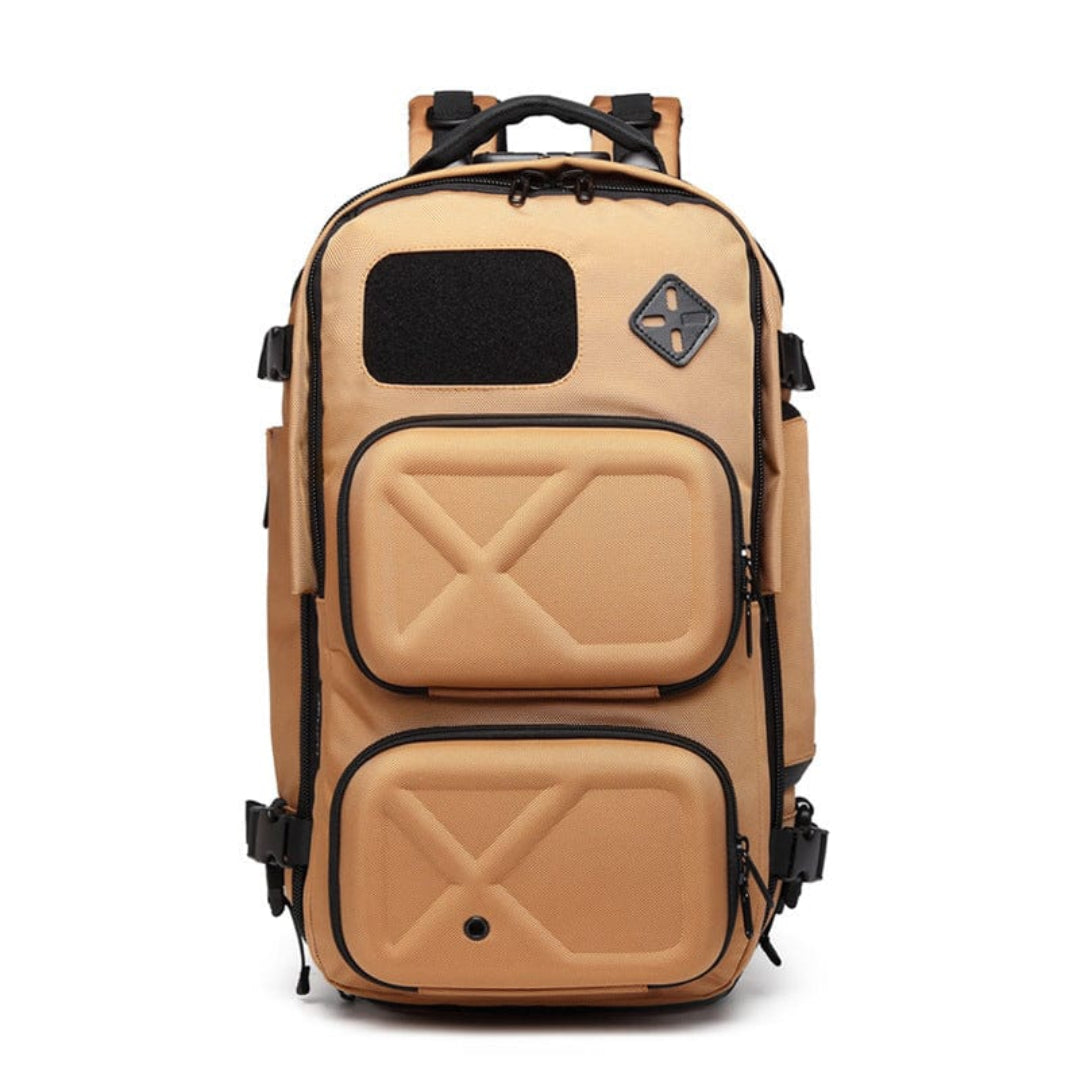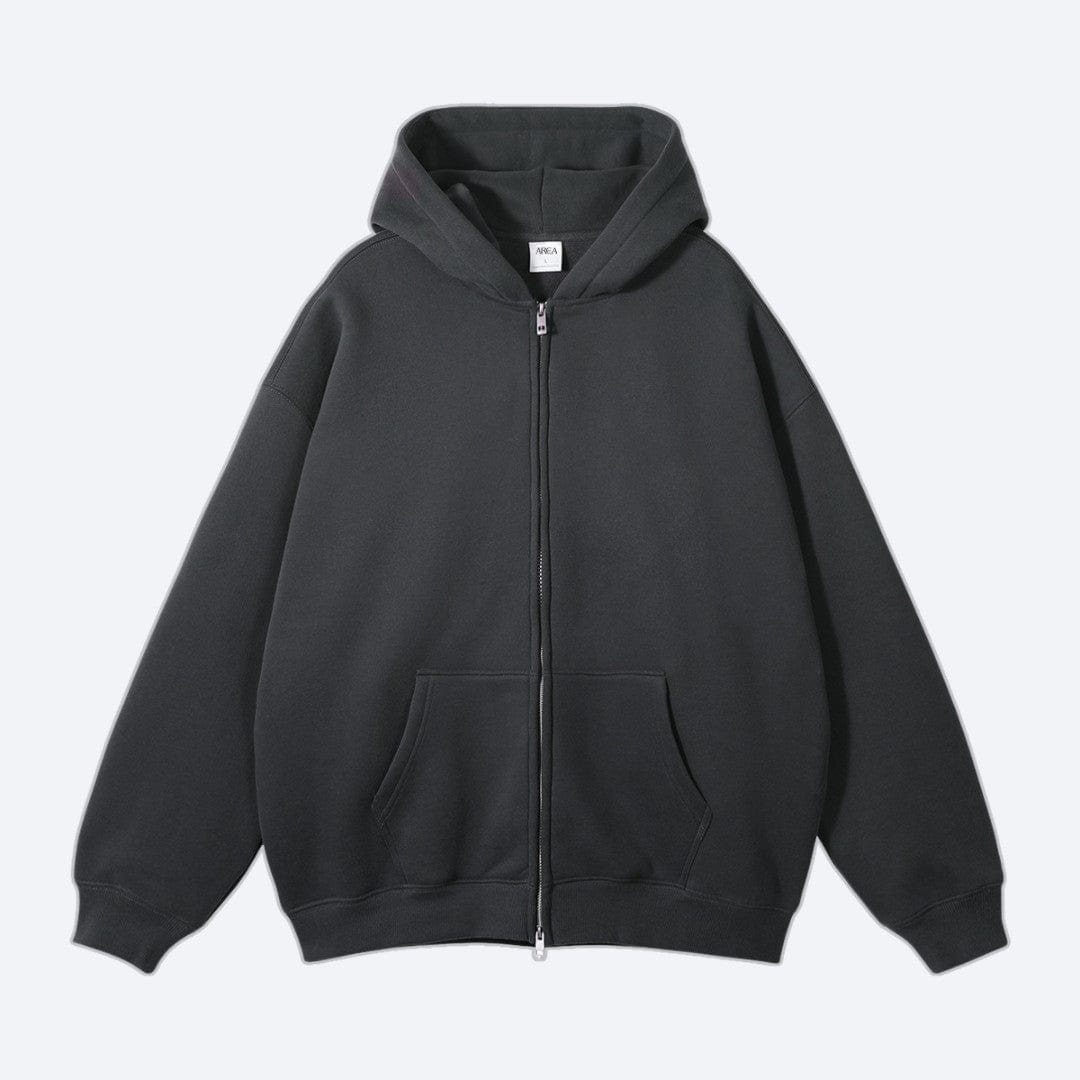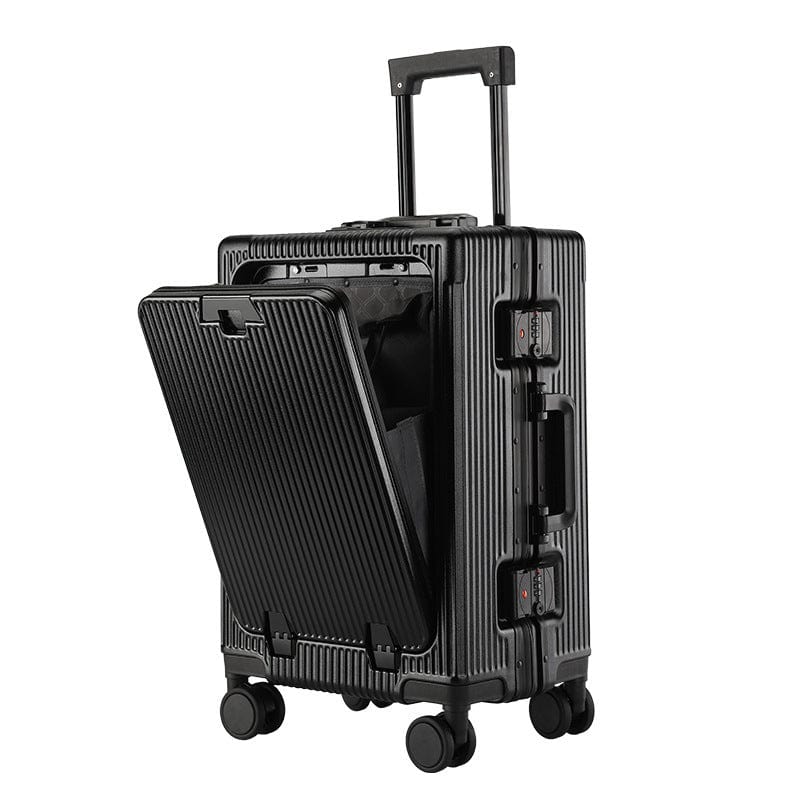When to Travel With a Backpack Vs. Carry-on Luggage
Embarking on a journey is more than just reaching a destination; it's about selecting the ideal travel companion. Are you part of the backpack squad, prepared to conquer any terrain, or are you on team carry-on, effortlessly gliding through bustling airports? The timeless debate unfolds as we delve into the advantages and challenges of both options.
- Are backpacks good as carry-ons?
Backpacks make excellent carry-ons for your trip due to their mobility, adaptability to airline size regulations, and efficient organization with multiple compartments. Their hands-free design facilitates easy navigation through crowded spaces. Additionally, some airlines permit a small personal item in addition to a carry-on, allowing backpacks to serve dual purposes. However, it's crucial to check airline guidelines for specific size restrictions. Ultimately, the suitability of a backpack as a carry-on depends on personal preferences and the nature of the journey.
- Understanding domestic carry-on policies.
Each airline may have specific guidelines regarding the size, weight, and number of carry-on items allowed. Generally, domestic carry-on size limits range from 45 to 56 linear inches, which includes length, width, and height. Weight restrictions may also apply, typically ranging from 15 to 25 pounds. It's essential to check the policies of the specific airline you're flying with, as these can vary.
For quick reference to airline carry-on rules, check our calculator here.
- Is a 45L backpack considered as a carry-on ?
Airlines impose carry-on limits based on volume (liters), dimensions (inches), and weight. For most US airlines, a 45L backpack is the maximum size, while international or budget carriers may restrict you to under 40L.
The common 45L volume is often measured as 22 x 14 x 9 inches or 45 linear inches, with international limits set at 22 x 14 x 8 inches. Weight limits typically hover around 22 lbs (10 kg), but budget airlines may enforce stricter regulations. Always check your specific airline's rules to avoid last-minute surprises. Backpacks larger than 45L are not allowed as carry-ons, even if marketed as such.While some airlines may not closely scrutinize, it's advisable to adhere to the rules to ensure a smooth travel experience.
How Backpacks Simplify Budget Travel
Backpacks are tailored for wearing, while roller bags are built for rolling. This inherent difference results in equal but opposing cost benefits. The question arises: do you prioritize mobility or comfort? Travel backpacks excel in mobility, especially in situations involving uneven terrain or journeys beyond the typical airport-taxi-hotel route. Freestyling with a backpack is a breeze - stairs? Not a problem. Opting for a backpack also provides the advantage of going hands-free. However, these benefits come at the cost of having to carry the backpack, a task not everyone is keen on. Even with a lightweight bag, wearing a backpack for an extended period can become uncomfortable, particularly during lengthy customs or immigration lines.
Here's a video showcasing a comparison of the capacity between a travel backpack and a carry-on.
Learn More: Travel Expandable Backpack
Travel Backpack Main Advantages
- Enables You to Be Hands-Free
One of the standout benefits of opting for a travel backpack is the liberating experience of having both hands at your disposal. Whether you're navigating bustling airports, exploring a new city, or snapping photos on the go, the convenience of hands-free mobility adds a new level of freedom to your journey.
- Ample Storage Space
Despite their sleek and compact appearance, travel backpacks are masters of storage. With clever compartments and expandable designs, they can accommodate a surprising amount of gear. This means you can bring along all your essentials without sacrificing on space or organization.
- Easy to Move Around
Navigating through crowded spaces or tackling uneven terrains becomes a breeze with a travel backpack. The ergonomic design allows for easy movement, providing flexibility for spontaneous detours or adventurous paths that might be a challenge for other types of luggage.
- Lightweight Structure
Traveling already comes with its share of weight – why add more with heavy luggage? Travel backpacks are typically designed with lightweight materials, ensuring that you can pack what you need without being weighed down, leaving you more energy to enjoy the journey.
- Strengthens Your Muscles
Carrying a backpack on your travels isn't just about transporting your belongings; it's also a built-in workout. The act of carrying your backpack naturally engages your core and strengthens your back and shoulders over time, making you more robust for future adventures.

Travel Backpack Main Disadvantages
- Need To Carry It Everywhere
The flip side of having a constant companion in your travel backpack is that, well, you must carry it everywhere. From crowded streets to staircases, your backpack is always by your side, which might not be everyone's cup of tea.
- Might Cause Back Strain
While it can contribute to your physical fitness, carrying a travel backpack for extended periods may lead to some strain on your back. It's crucial to be mindful of your posture and take breaks to avoid unnecessary discomfort.
- Wrinkly Clothing
The tube-like shape of backpacks can sometimes lead to wrinkled clothes. Packing strategies like rolling your clothes can help, but the occasional crease might be an inevitable trade-off for the convenience and mobility backpacks provide.
- Will Make You Sweat
Especially in warmer climates, having a backpack on your back can contribute to a warmer experience. The lack of airflow can lead to increased perspiration, a factor to consider when choosing your travel gear.
- Expensive
Quality travel backpacks often come with a price tag that reflects their durability and features. While they can be a worthwhile investment, it's essential to consider your budget when weighing the pros and cons.

9 ways to avoid airport lines. Click Here
Carry-On Suitcase Main Advantages
- Reduced Physical Stress
For those who prefer a more hands-off approach to travel, carry-on suitcases offer relief from constant carrying. With their smooth-rolling wheels, you can effortlessly glide through airports and streets without putting undue stress on your body.
- Large Capacity
Carry-on suitcases, with their rectangular and spacious design, allow for efficient packing. You can neatly organize your belongings, and the structured shape minimizes the risk of wrinkles on your clothes.
- Easy Handling
The convenience of rolling your suitcase cannot be overstated. Navigating through crowded spaces, airports, and public transportation becomes a hassle-free experience, allowing you to focus more on enjoying your surroundings.
- Security
Suitcases often come with built-in locks and hard shells, providing an added layer of security for your belongings. This can bring peace of mind, especially when traveling through various destinations.
- No Clothing Wrinkles
Say goodbye to the days of unpacking and finding your clothes in disarray. The flat and structured nature of suitcases minimizes the chances of wrinkles, ensuring that you arrive at your destination with neatly pressed outfits.

The Best Carry-on Luggage of 2024
Carry-On Main Disadvantages
- Difficulties on Uneven Surfaces
While suitcases excel on smooth surfaces, they might pose challenges on uneven terrains. Cobblestone streets or unpaved paths can turn the smooth ride into a bumpy one, requiring occasional lifting.
- Not Waterproof
Unlike many backpacks designed to withstand the elements, suitcases might not be as resilient in wet conditions. It's essential to consider weather conditions and pack accordingly or use additional protective measures.
- Heavy Weight When They’re Empty
The built-in structure and wheels of carry-on suitcases can add to their weight, even when empty. This might impact your overall luggage weight allowance and limit the amount of belongings you can bring.
- Uncomfortable to Carry
While rolling is effortless, carrying a suitcase for an extended period can become uncomfortable. The lack of a hands-free option might be a drawback, especially in situations where lifting is required.
- Expensive
Quality carry-on suitcases, especially those with additional features, can be a significant investment. It's crucial to balance the desired features with your budget when selecting the right suitcase for your travels. 
10 tips to pack for 10 days in a carry-on
Conclusion:
In the end, the choice between a backpack and a suitcase hinges on your travel style. For digital nomads or frequent travelers exploring cities, a carry-on backpack is often the more practical choice. Those favoring rolling luggage might find a suitcase better suited, especially for air travel. Consider your travel dynamics, whether urban or rural, to make the right decision.
It's essential to weigh the outlined pros and cons. There's no one-size-fits-all solution, so choose based on your unique needs. And here's a tip: you can bring both—a backpack as a personal item and a carry-on—for added storage flexibility. So, tailor your choice to your journey's rhythm and elevate your travel experience.












